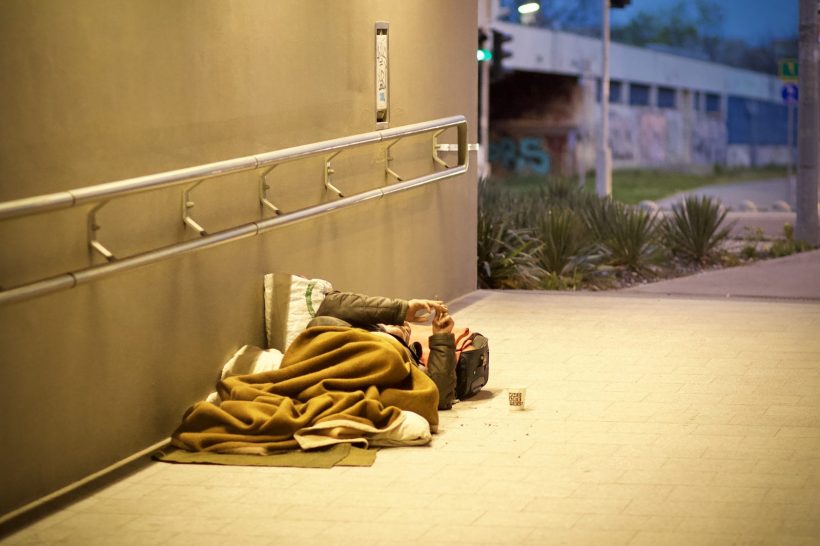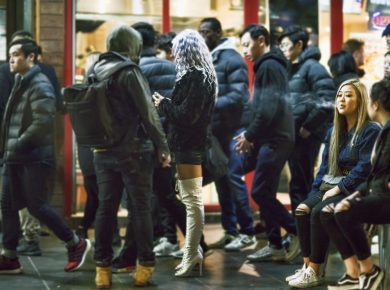Urban designers are dangerous. At times we ‘get away with murder’ because of the intangible nature of our field, which makes it difficult to scrutinise recommendations and weigh them up against other aspirations.
In our pre-pandemic society, we allowed ourselves the luxury of intangible urban design goods such as neighbourhood character, a ‘sense of openness’ and limitations on ‘visual bulk’. And we turned a blind eye to the consequences of those luxuries which fettered development and contributed to Melbourne becoming an increasingly two-tier society like that other much-lauded ‘liveable city’, Vancouver.
The pandemic has forced us and our politicians to focus on what’s really important: human welfare (physical and mental). Populist policies have taken second place to initiatives based on science and expert opinion.
If we were to draw up a hierarchy of human welfare needs that are influenced by built form policies, we would put affordable housing firmly at the bottom of the pyramid—the human need that must be satisfied before moving onto a higher pursuit. This would be closely followed by access to employment, medical facilities, education and social infrastructure, all of which are directly influenced by built form density. (Of course, satisfying these needs for individuals also benefits the community as a whole through a productive workforce.)
Amenities such as access to natural light and fresh air, open space, and sunlight would occupy the next few levels of the pyramid. Neighbourhood character and visual bulk (which is a subset of character) would be perched at the top—the icing on the cake: something that sweetens the experience but cannot replace the need for the cake.

A hierarchy of human needs influenced by built form policy (with apologies to Maslow)
Yet our current planning schemes prioritise neighbourhood character above all else when it comes to residential development. Restricting development for character reasons has a direct and adverse impact on housing affordability. Left unfettered, the market would better optimise housing affordability and access to employment, with interference limited to the need to support the most vulnerable. Of course, unacceptable amenity impacts must still be avoided, but this can be achieved with much less constraint on development.
Housing close to Central Melbourne has the best access to employment because it has the maximum number of jobs within a commutable distance. Even if we work from home more than we did before the pandemic, we are likely to be going to work at least 2-3 days per week.
Yet we limit the inner suburbs to the favoured few by limiting height or density to protect the existing or preferred neighbourhood character. Even opportunities to provide housing and jobs as strategically valuable as Fishermans Bend and West Melbourne have built form controls based primarily on a desired character with vague and arguable benefits, rather than welfare.
In the post-pandemic world, housing affordability and access to employment will be even more important, as we seek to survive a recession. Will we continue to preference intangible ‘sweeteners’ like neighbourhood character in municipalities like Stonnington, rich in infrastructure and central to Melbourne’s job market, or extend our newfound focus on human welfare to ensuring that they optimise their contribution to the wellbeing of our broader community?
***Please note: this article was first published in the Victorian Planning and Environmental Law Association Revue.








